What to Consider When Developing a Plant-Based Milk for Foaming
Despite both of them being called ‘milk’, cow’s milk is not the same as soy milk. Nor is soy milk the same as oat or almond milk. And coconut milk is again a wholly different product. If you’ve tried to make a cappuccino with one of these plant-based alternatives, you’ve undoubtedly noticed the differences as well.
The foams they make simply aren’t the same as the foam you’d get from cow’s milk. Not always better or worse. But definitely different.
This is actually a common challenge for product developers. The new ingredient doesn’t behave the same way the original did. But, you can often find a work-around, once you truly know what you’re looking for.
The start: Something new!
You’ve got a new ingredient that you’re excited to try out. It’s cheaper, more sustainable, an exciting new flavor, or from a different supplier you’d like to qualify. Whatever the reason, it’s new, and probably different than what you’re using.
In this example: a pack of oat, rice, soy and almond milk in a storage cabinet. Could I use it to make a cappuccino? Would it make the same foamy frothy layer cow’s milk does?

Let’s try it!
Turns out: no.
The oat milk definitely didn’t make a beautiful cappuccino. As a matter of fact, it barely formed a foam at all. Our trusted coffee foamer (which we also used for this experiment with just milk-based foams) simply couldn’t get it to foam. The rice milk didn’t perform any better, nor did the almond milk.

Don’t think too much (yet), just do it
Even though the milks failed so clearly. This is a crucial and helpful first step to take when you’re investigating a new ingredient. Just try it out.
The best way to do this first experiment, whether it’s oat milk, or something else completely, is to just give it a shot. Don’t think about it for too long. Replace it 1:1 for what you’re replacing, especially if you don’t know much about the ingredient.
You want to know what happens. If it fails, how does it fail? Does the taste change, the color, the texture, or the crunch? Knowing what changes will help you resolve whatever it is that’s causing the failure.
Or, for your new ingredient, it might also just work out in one go! Only requiring a few minor modifications.
What’s going on?
If you’re ingredient did not make the product that you were hoping for, it’s time to dig deeper. This is where you do take the time to think and dig. What’s the role of the ingredient in your product in the first place? What’s different between the new and old ingredients? It’s time to figure out the why.
Milk foams really well
In the case of our plant-based cappuccino foam experiment, we re-read a previous post we wrote about milk foams and how oat milk is made.
Cow’s milk is great at stabilizing air bubbles to make a foam thanks to its proteins. They unravel when whipped (and do so better when it’s warm, but not hot). Too much fat can destabilize the foam. Its composition is naturally well suited to making a foam.
Oat milk on the other hand isn’t naturally great at foaming. Or, better said, the ‘original’ oat milk isn’t. Keep in mind that oats don’t make oat milk. You need to process the oats to make milk. How you do so impacts how the final oat milk performs.
Almond milk is made by grinding almonds with water and sieving out the solid remains. Soy milk by soaking, grinding, and sieving soy in water. Soy proteins are known for being able to help stabilize foams. Almonds aren’t naturally used for making and stabilizing foams.
Foam ability and stability
When trying to understand how plant-based milk can be made into a foam you’ll also have to understand foams themselves better. You’ll want to look at foam ability & stability. Can you make a foam? And, is that foam stable over time?
Some liquids form foams very easily but collapse almost immediately. Others make foams that are too stable. Ones you can’t even properly mix into your drink anymore. There are several ways to improve both the foamability and stability of liquids.
For one, you can stabilize a foam by increasing the viscosity (‘thickness’) of the liquid. This traps the air bubbles more efficiently, making it harder for them to disappear or merge. It’s one of the reasons you can sugar to egg whites to make a meringue. The sugar increases the viscosity of the egg white liquid.

How do we ‘fix’ it?
The traditional plant-based milk foam experiments had been quite a failure. But, the industry hasn’t sat still. They’ve developed special versions of their plant-based milks that can be foamed. Appropriately branded as the ‘barista’ versions.
When trying these barista versions of plant-based milk, it was pretty clear that manufacturers had successfully ‘cracked the code’. Whereas the original oat and almond milk didn’t foam at all, the ‘barista’ versions did. The differences were quite stunning. Clearly, the manufacturers have been able to change their processes and ingredients to improve the functionality of the products.
So let’s dig a little deeper to see what might have happened.
Oat milk: change the enzymes
When comparing the ‘barista’ version and ‘original’ versions of oat milk, they contain the same ingredients and have the same nutritional value. Not much changed there.
Instead, what likely happened is that the manufacturer adjusted their production process. One of the crucial steps to make oat milk is to break down oat proteins and carbohydrates using enzymes. And, it’s a process you can ‘play’ with. Just which enzymes you use, for how long, and under which conditions impacts just exactly what they do.
So, they’ve likely changed this step in the process to optimize for foamability and stability. By changing the size of proteins, for instance, they can become better (or worse) at stabilizing air bubbles in a foam. The same for carbohydrates.

Almond milk cold foam
For the almond milk the manufacturers clearly had to take another route to make it work. They decided to add some additional ingredients.
The ‘barista’ version contains tapioca starch, potato protein, sunflower oil and dipotassium phosphate. The original does not contain any of these. The starch is likely there to help stabilize the foam by increasing the viscosity of the liquid. The protein helps with both foamability, trapping the air and keeping it stable.
The dipotassium phosphate likely serves as a pH-buffer. That is, to ensure the pH stays within a certain range. This again can help ensure the proteins are at their best for stabilizing and forming a foam. The additional sunflower oil might also require this ingredient to serve as an emulsifier to keep the sunflower oil mixed in well.
Soy milk
Lastly, the soy milk. Here, there was a slight change in the list of ingredients when comparing the barista and non-barista version. The soy milk contained some apple extract. Apple extract adds some sugar, to help with the thicker viscosity. Also, it likely helps to slightly lower or stabilize the pH-value, again, setting the proteins up for success.
Of the three tested alternatives, soy proteins are most known for their natural ability to stabilize and form foams. By modifying the manufacturing process, you can improve and change their functionality. That might have been done as well of course, though you wouldn’t be able to see that on a label.
Evaluate
Last but not least, it’s time to evaluate the new product and process, with your new ingredient. Does it perform as expected? Do you need to make further modifications? Anything new you noticed?
In our plant-based milk foams I noticed something interesting. Despite all three milks making a nice foam, the foams behaved very differently! The almond one was very firm and most stable of the three. The oat foam was least stable, it looked fragile from the get go and the bubbles grew in size quite rapidly (a sign of instability) upon stiring. The soy version lay somewhere in between. It was a light, fluffy foam, without the firmness of the almond foam.
Also, so far I only looked at the foam in a cup. Of course, there’s more to it. Once we tasted the foams on top of coffee, there were distinct differences. You could taste the soy version best, and not in a positive way. The almond and oat were more neutral.
Of course, this is where you’d look back at your initial objectives. Did we meet them? Did a new surprise pop up? Or, is it good to go now?
References
Labels from all tested milks, labels were evaluated in May-2024.
Moma, Difference Between Barista and Original, Nov-17, 2021

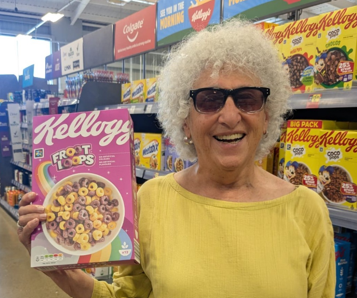
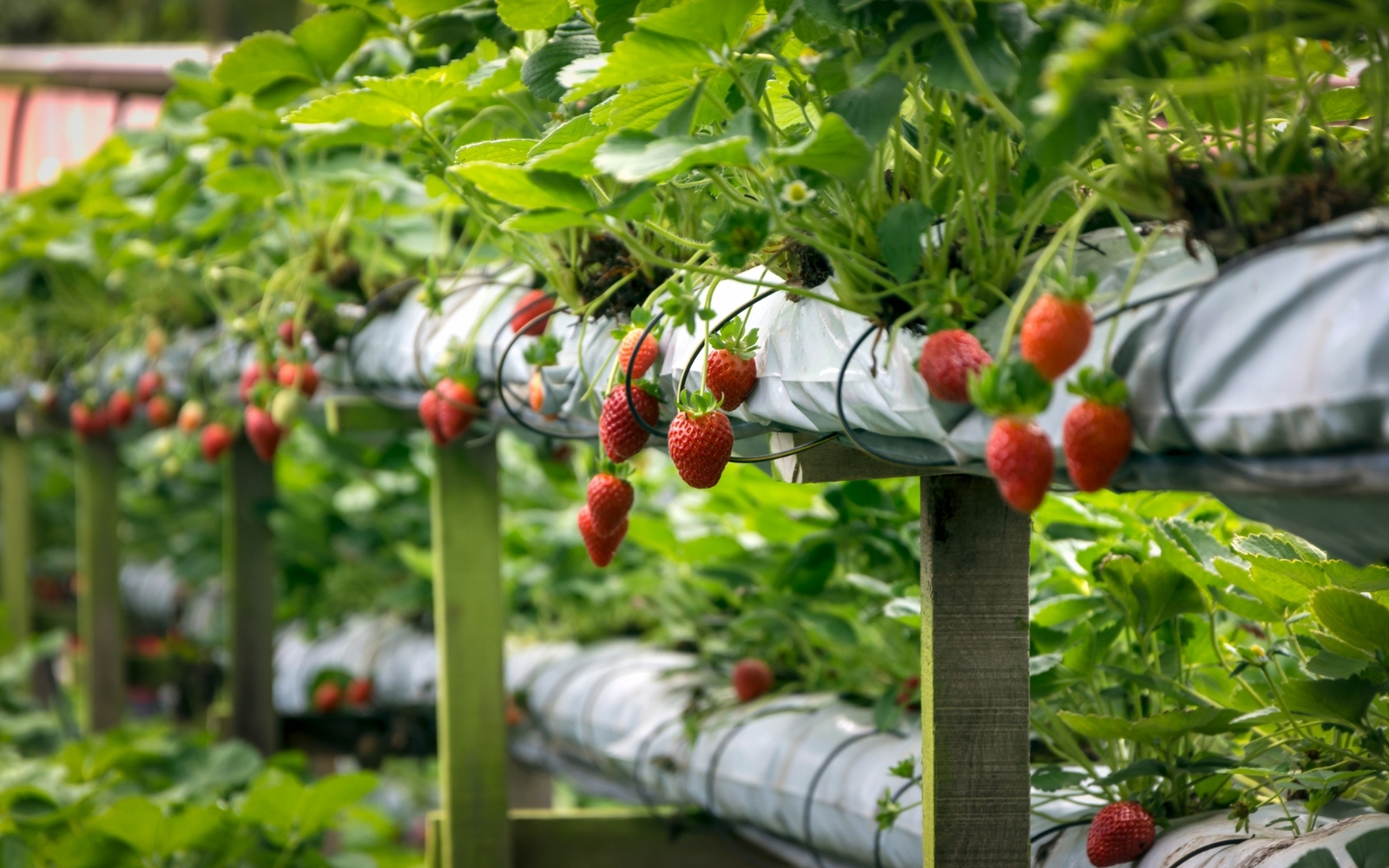
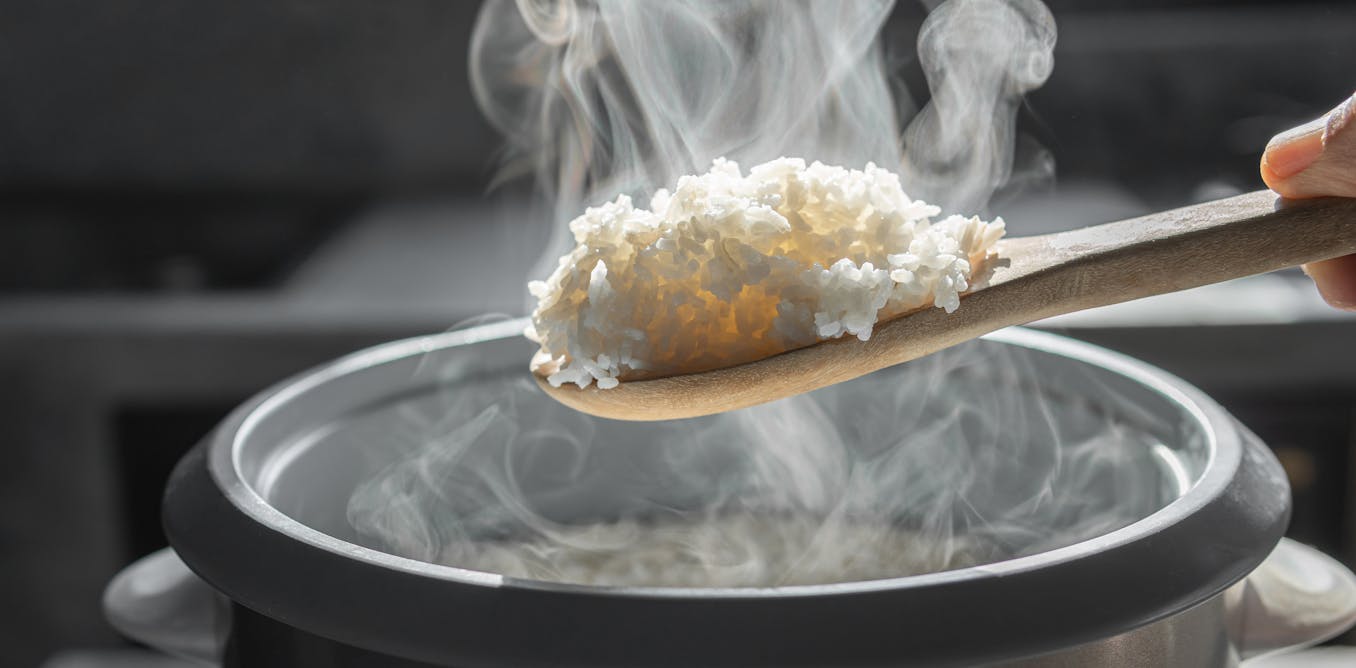

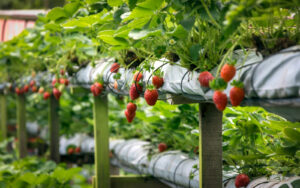


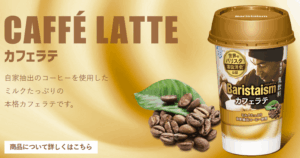





Post Comment